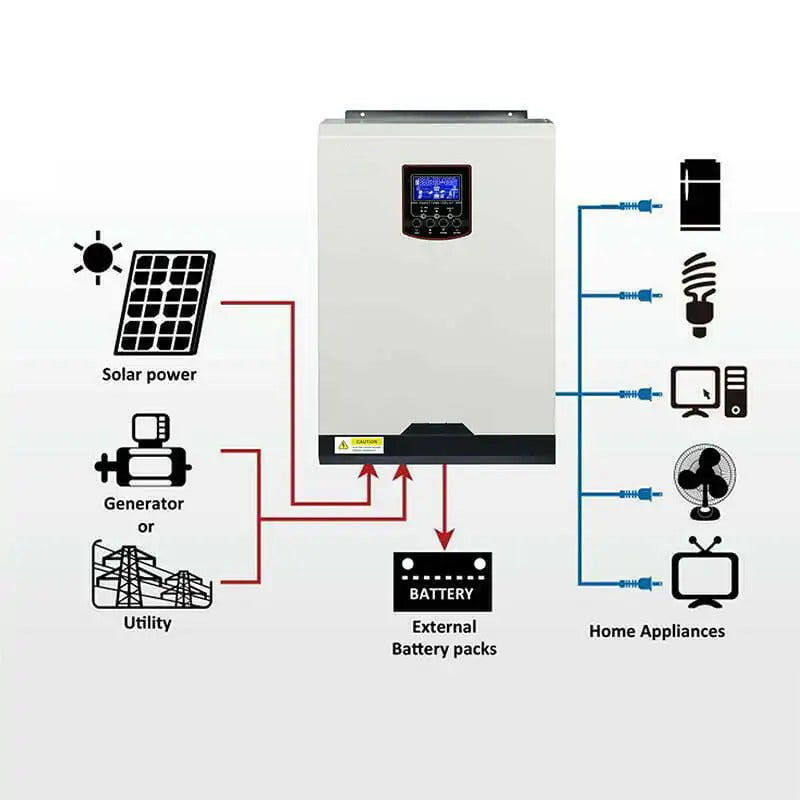
Nanocrystalline Core for Solar Inverter: Boosting Efficiency and Performance
As the world shifts towards renewable energy sources, solar power has emerged as a leading solution for sustainable energy. A critical component in solar power systems is the solar inverter, which converts the direct current (DC) generated by solar panels into alternating current (AC) for use in homes and businesses. One innovation that significantly enhances the performance of solar inverters is the Nanocrystalline Core.
What is a Nanocrystalline Core?
A Nanocrystalline Core is made from nanocrystalline materials, which are characterized by their extremely small grain sizes, typically in the nanometer range. These materials exhibit unique magnetic properties, such as high permeability and low coercivity, making them ideal for use in magnetic cores.
Advantages of Nanocrystalline Cores in Solar Inverters
1.
High Efficiency: Nanocrystalline cores have high magnetic permeability, which reduces energy losses and improves the overall efficiency of the solar inverter.
2.
Low Core Losses: The low coercivity of nanocrystalline materials minimizes core losses, leading to better performance and reduced heat generation.
3.
Compact Design: Nanocrystalline cores are more compact and lightweight compared to traditional cores, allowing for more flexible and space-saving inverter designs.
4.
Enhanced Reliability: The superior thermal stability and reduced energy losses contribute to the long-term reliability and durability of the solar inverter.
How Nanocrystalline Cores Improve Solar Inverter Performance
• Improved Power Conversion: The high efficiency of nanocrystalline cores ensures that more of the solar energy captured by the panels is converted into usable AC power, maximizing the output of the solar power system.
• Reduced Heat Generation: Lower core losses mean less heat is generated during operation, which helps in maintaining optimal operating temperatures and prolonging the lifespan of the inverter.
• Compact and Lightweight: The smaller size and lighter weight of nanocrystalline cores make them ideal for modern solar inverters, which are often designed to be compact and easy to install.
Applications in Solar Power Systems
Nanocrystalline cores are used in various components of solar power systems, including:
• Solar Inverters: Enhancing the efficiency and reliability of the power conversion process.
• Transformers: Improving the performance of transformers used in solar power systems.
• Inductors: Providing high efficiency and low losses in inductors used in solar power applications.
Conclusion
The Nanocrystalline Core is a game-changer for solar inverters, offering significant improvements in efficiency, performance, and reliability. As the demand for renewable energy solutions continues to grow, the adoption of nanocrystalline cores in solar power systems is set to play a crucial role in meeting these needs. By leveraging the unique properties of nanocrystalline materials, solar inverters can achieve higher efficiency, reduced heat generation, and a more compact design, making them an essential component in the transition to sustainable energy.